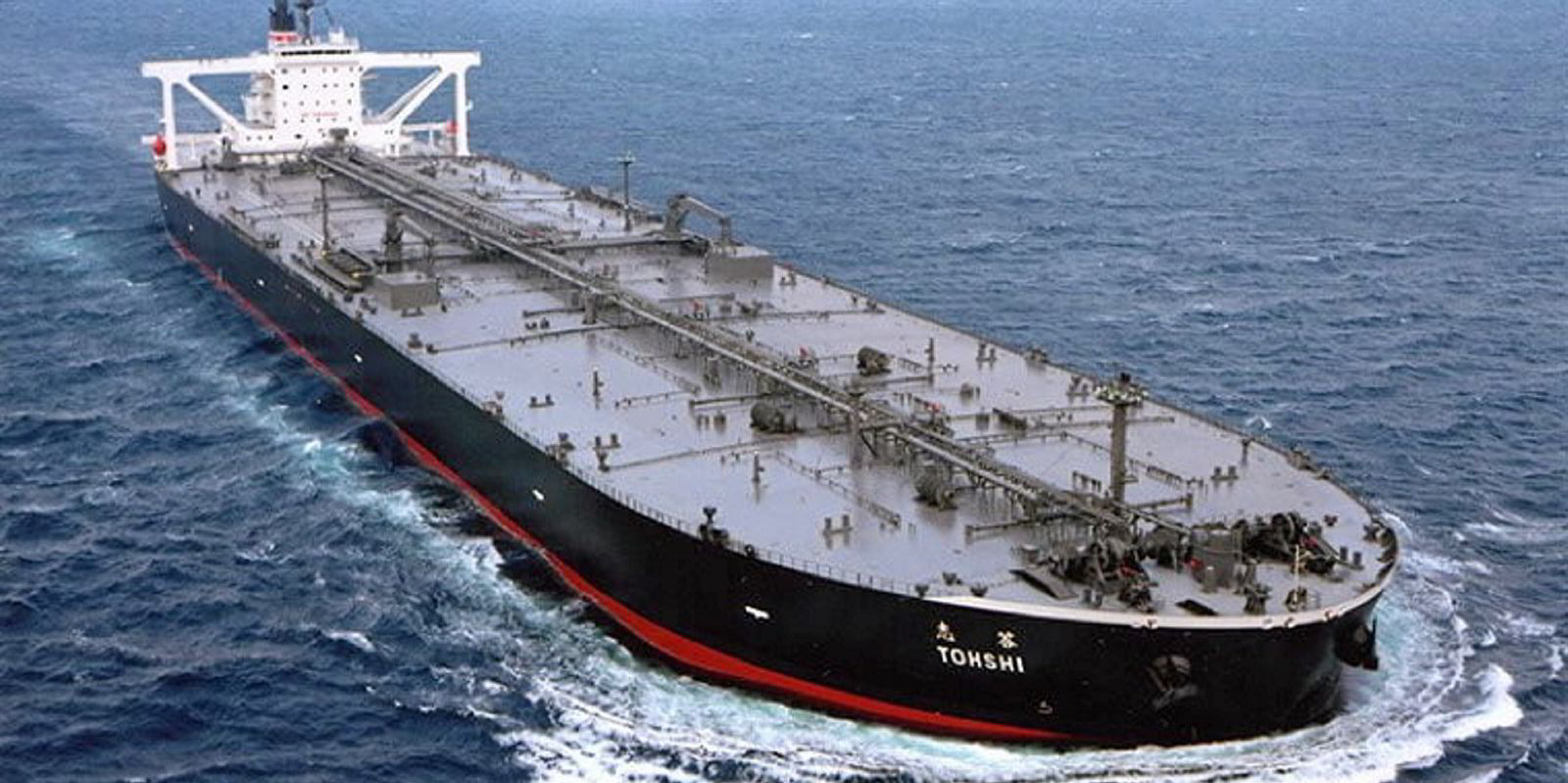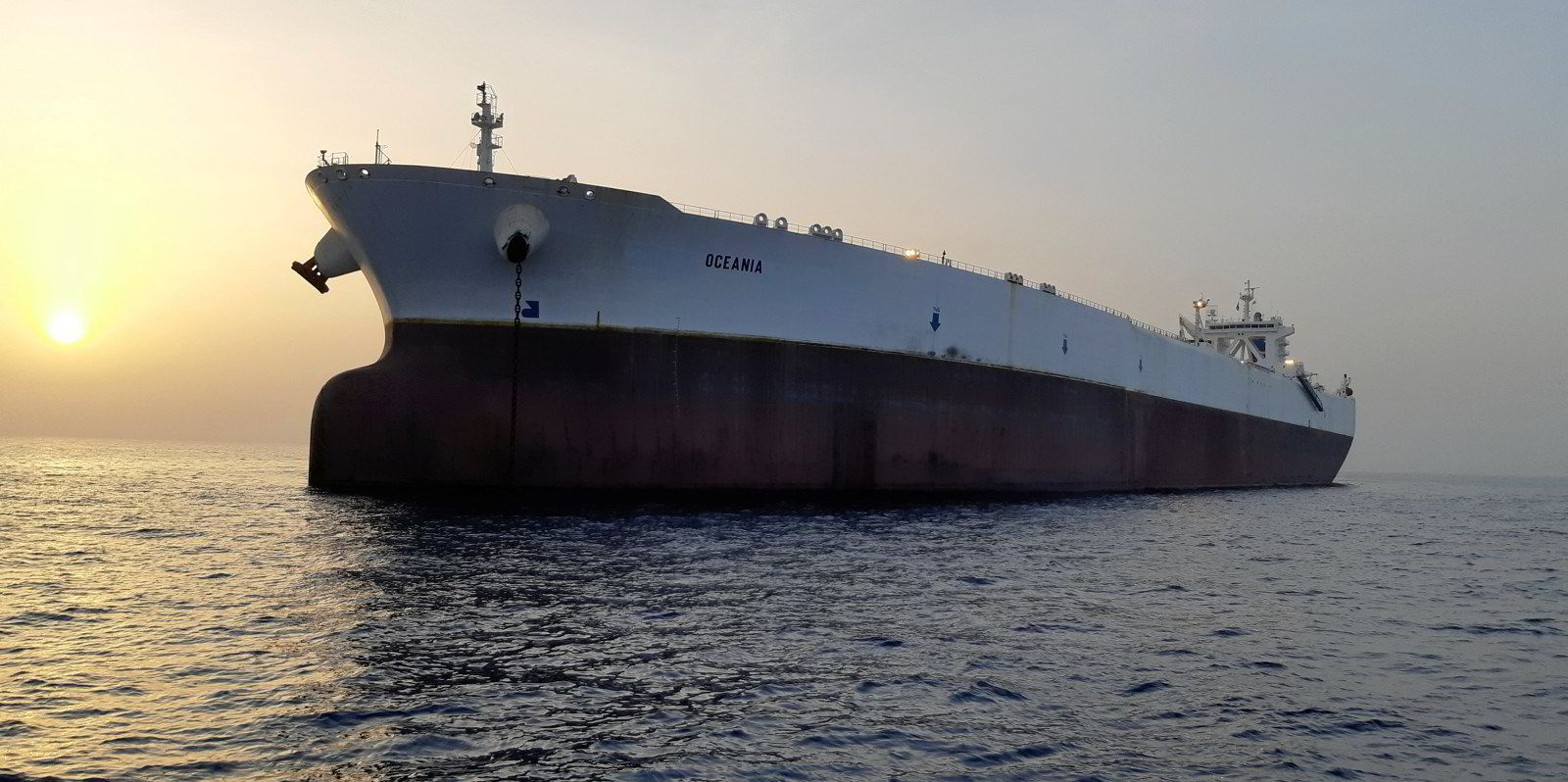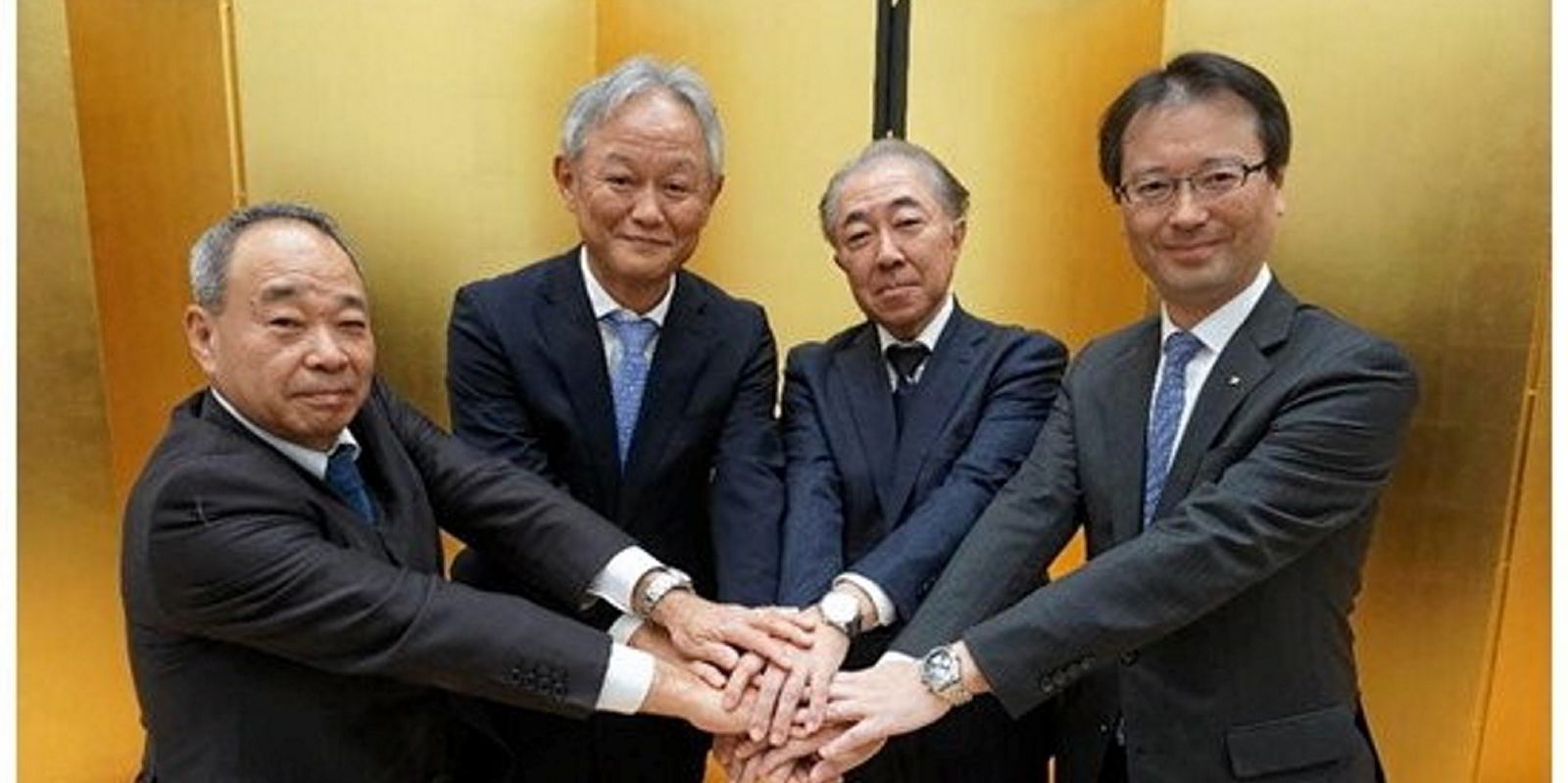A 17-year-old VLCC sold by a unit of NYK Group is believed to be the fourth large vintage crude carrier snapped up by Chinese interests this month.
Brokers in Greece and the US report that the 300,400-dwt Tohshi (built 2007), whose owner invited offers last week, has been committed for $44m or $45m.
The price looks underwhelming, considering VesselsValue estimates that the Japanese-built ship is worth $47.2m and Signal Ocean a much higher $50.8m.
This gap may reflect the flux in which heady tanker markets are in today — possibly combined with NYK’s relative indifference regarding pricing as it firmly sets its sights on fleet renewal.
The Tohshi is the oldest of the seven VLCCs in the fleet of Kyoei Tanker — a company that forms part of Japan’s NYK Group, which recently placed an order for two VLCC newbuildings for 2026 delivery.
A purchase by Chinese interests would be in line with several other VLCC transactions observed in the secondhand market this month.
TradeWinds reported earlier in January how Euronav sold the 441,600-dwt Oceania (renamed SA Oceania, built 2003) — the world’s second-biggest tanker — to clients of Minsheng Financial Leasing, who promptly chartered it out on a five-year storage deal.
A different Chinese player is also confirmed to have picked up the oldest VLCC in the fleet of giant Greek shipowner Maran Tankers earlier this month.
As TradeWinds already reported, Maran’s scrubber-fitted, 306,200-dwt Elizabeth I.A. (built 2004) changed hands for $33m or $34m. That vessel is already with its new owners, trading as Statice under the management of Ningbo-based Fasafe Shipping and Marshall Islands-registered Wang Chao Marine.
In another, much more low-profile deal, Chinese interests are reported to be the new owners of the 300,500-dwt Nereides (built 2004).
That Japanese-built VLCC used to be in the fleet of United Arab Emirates-based Fractal Shipping, which seems to have offloaded it last July to Indian players who have now flipped it to Chinese interests in a $29m deal with prompt delivery in Singapore.
The Chinese hunt for old VLCC tonnage is probably linked to trade disruptions caused by Russia’s invasion of Ukraine and the Western sanctions that went with it.
China and India have emerged as the biggest buyers of Russian oil on vessels heavily restricted in their trading and insurance in Western jurisdictions.
Chinese players are also known to be vying with Indian rivals for VLCC crude cargoes from Venezuela — another country facing on-and-off sanctions by the US.





